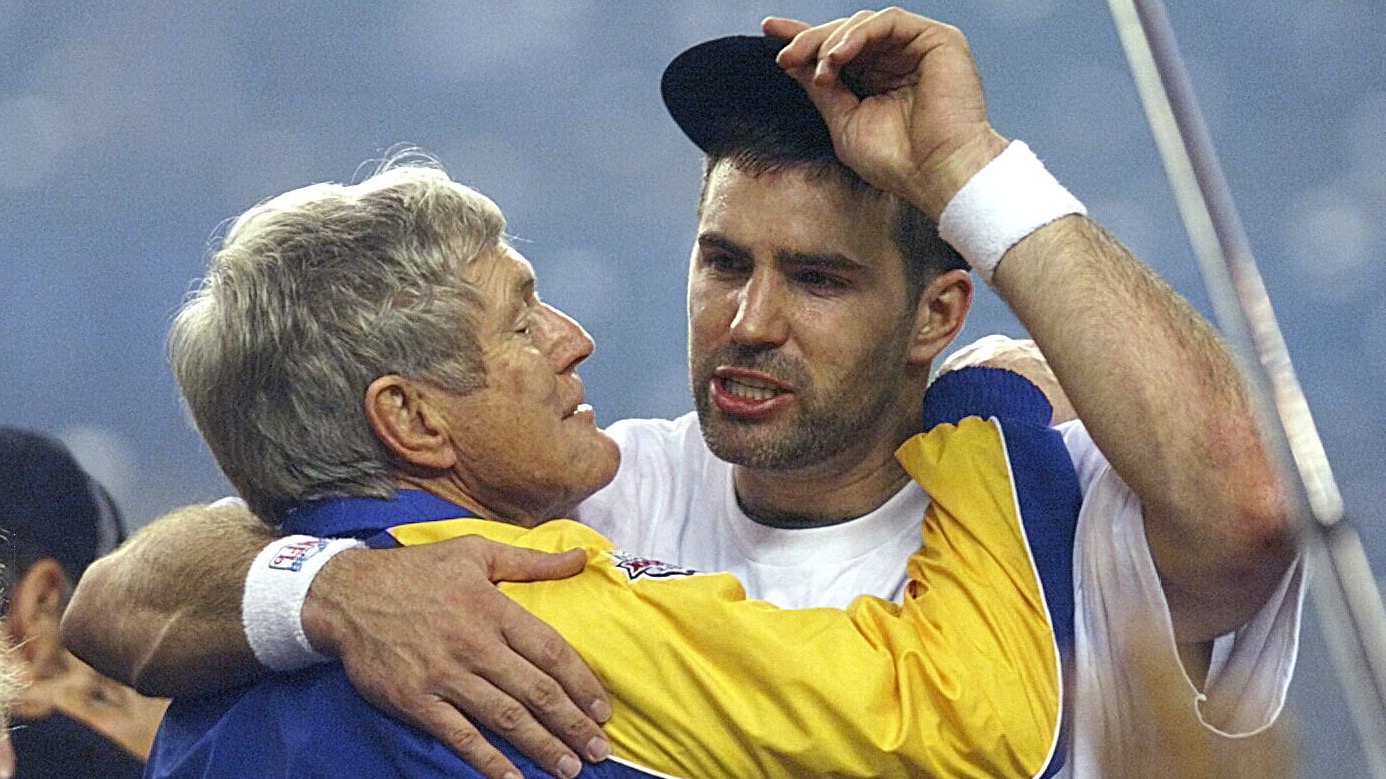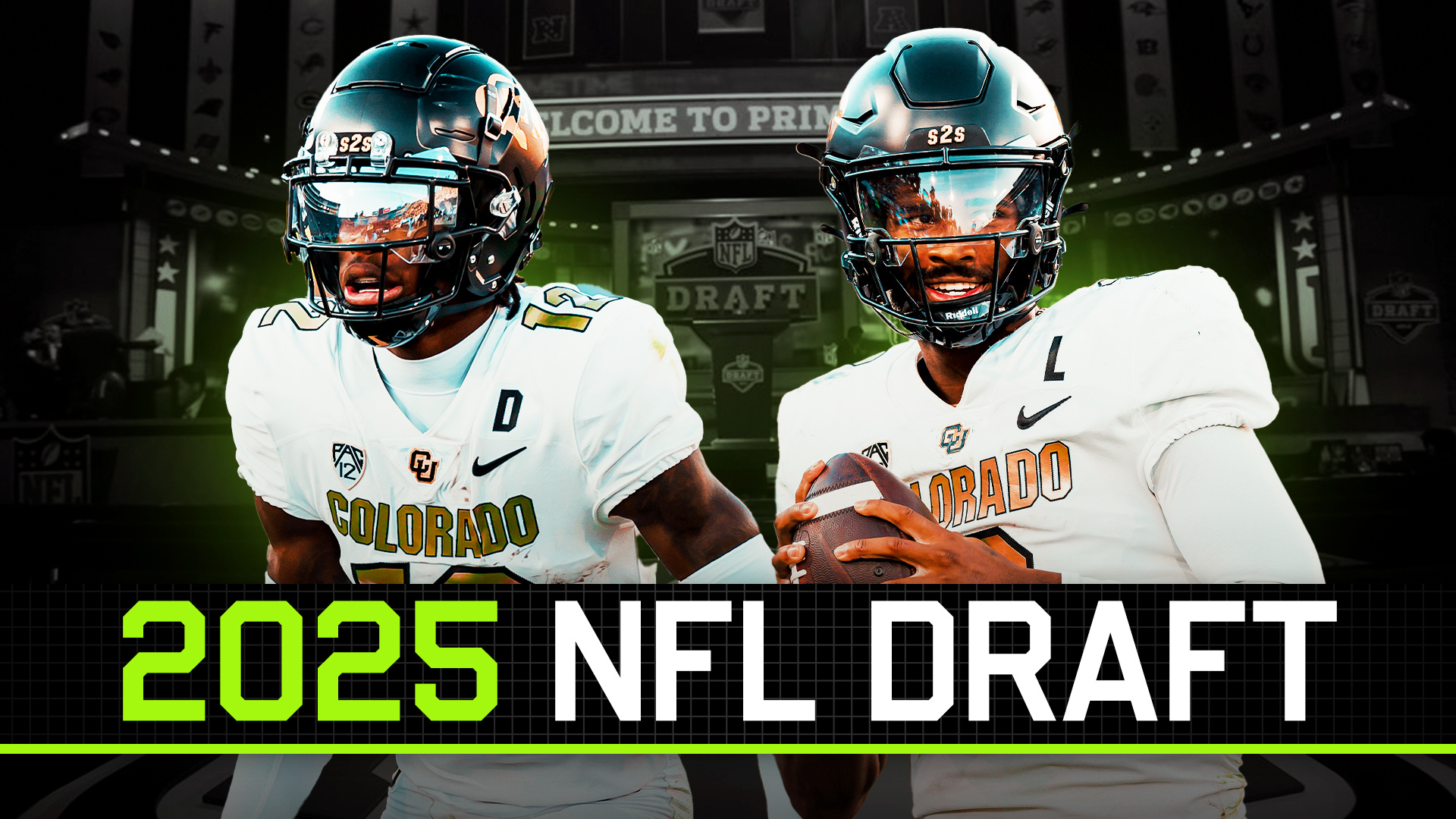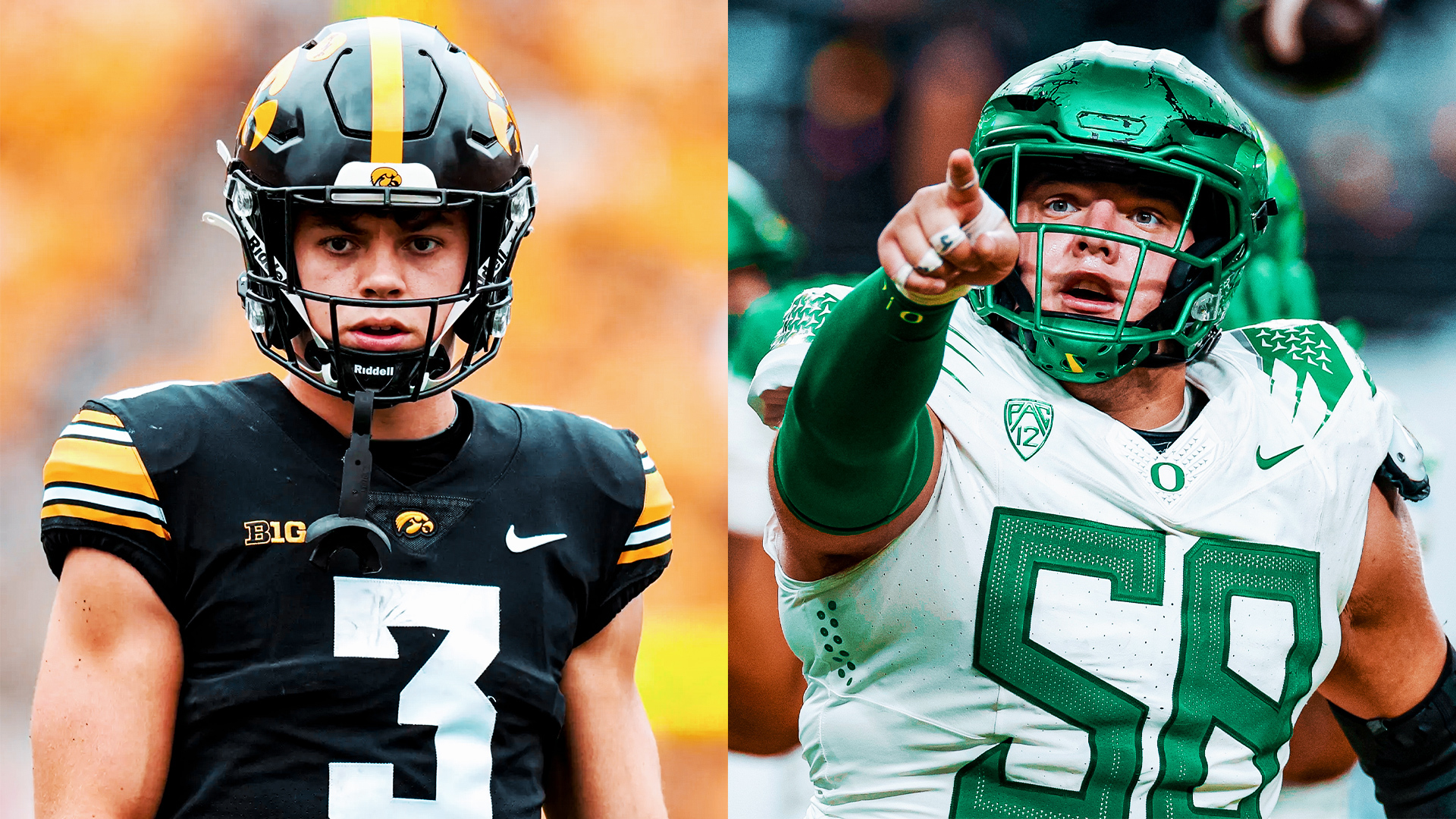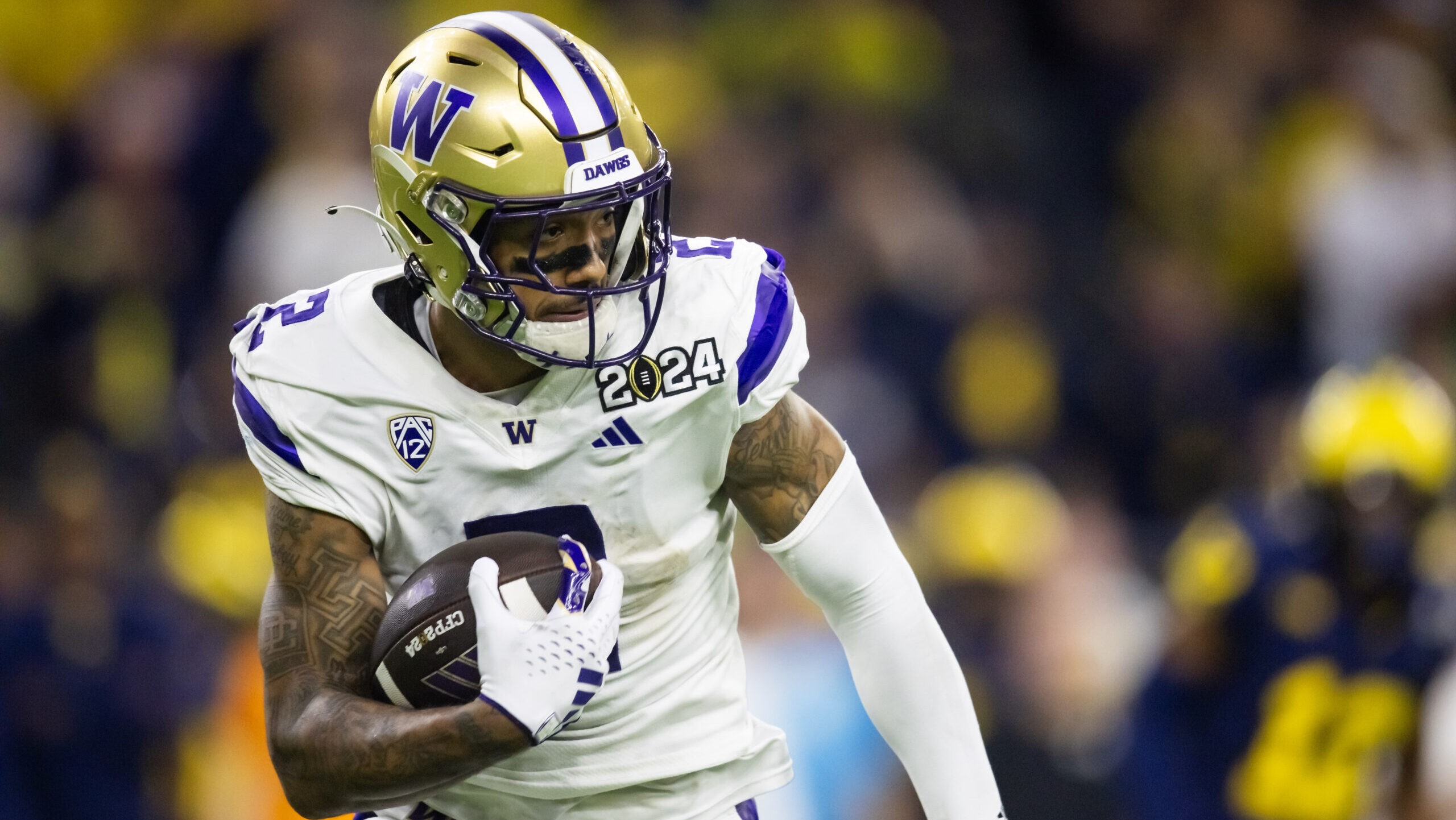Analysis
9/12/23
3 min read
How and Why NFL Offenses Use Pre-Snap Motion
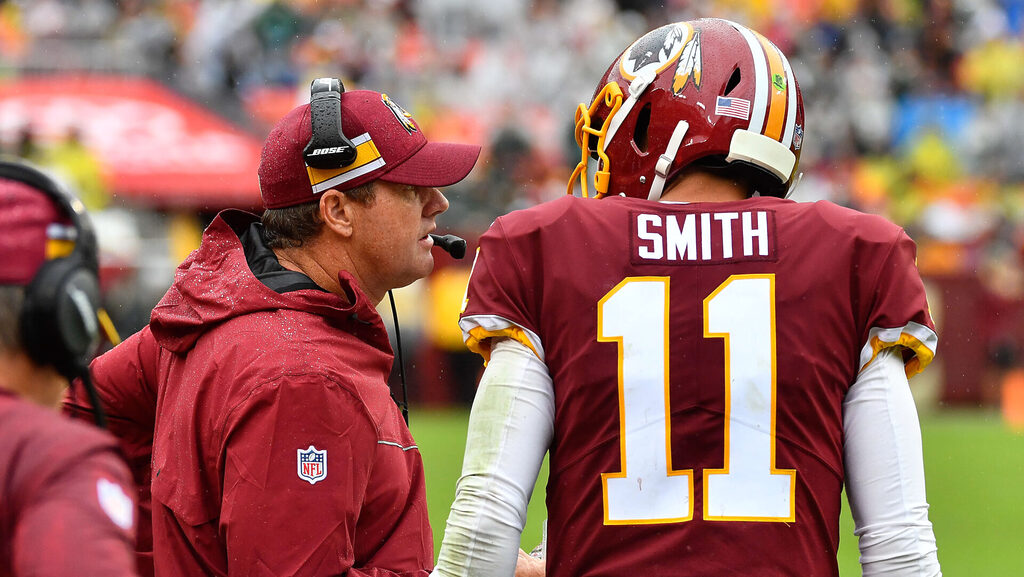
Pre-snap sets will set the offensive front and the coverage for the defense. The defense wants to face vanilla formations so it can disguise its intent, the down safety or which blitzes it plans to use.
When an offense utilizes motion, it makes the defense rotate support safeties, change the front and typically show their hand with the motion adjustment.
For example, if you simply motion the tight end across the ball, some defenses don't move the front, while others will kick their three-technique (defensive tackle) to the shaded nose and their nose to three-tech. Against the teams that don't shift, offenses will motion the tight end so it can run strong side running plays to the bubble of the front.
Reasons for WR Pre-Snap Motion
- To get relief from press coverage.
- To get to a formation that will give man-zone tips for the quarterback.
- To unsettle the defense, loosen them up, make them adjust to new passing strength and show the quarterback two-deep or three-deep coverages. It also helps the quarterback in pass protection. Most quarterbacks will redirect the offensive line to where the down safety is to help protect the back in pass protection. Motions help tremendously in seeing how the defense adjusts.
- In known-man situations, teams will motion to stacks or bunches to make opposing defenses communicate about how they will handle the releases. Do they stay locked on one wide receiver or do they play in and out type coverages? When this happens on the fly, it causes confusion and the possibility of a big play.
Here's the Dolphins putting Tyreek Hill in pre-snap motion:
There's not a single CB in NFL history that could manned up Tyreek on this play pic.twitter.com/pA2MmHt2iJ
— Mike Renner (@mikerenner_) September 11, 2023
RB Pre-Snap Motions
Motioning the running back from an empty back set into the backfield also helps with man-zone reads and protection points. Some defenses have empty automatic coverages and blitzes, so starting in empty and motioning back forces all 11 defenders to communicate.
Motioning back from the backfield to empty also gives the quarterback great pre-snap reads. If the linebacker runs, for example, you know it is man coverage.
Example of How I Used Pre-Snap Motion
We lined up in a standard two-by-two formation. We motioned the wide receiver and kicked the tight end outside to have three receivers on one side, and the tight end split out to the boundary. If the cornerback runs with the motioning wide receiver, we knew it was man coverage, and we called our best man-beater.
If the cornerback stayed on the tight end side and a safety rotated down to form Cover-3, we called our best Cover-3 play. If the cornerback stayed and played quarters or two-deep, we had our best two-deep play ready to roll.
Jay Gruden has coached offensive in the NFL since 2002. He served as the offensive coordinator for the Cincinnati Bengals and was an offensive assistant when the Buccaneers won the Super Bowl in 2002. Gruden was the head coach of the Washington football franchise from 2014-19. You can follow him on Twitter (X) at @Coach_JayGruden.


